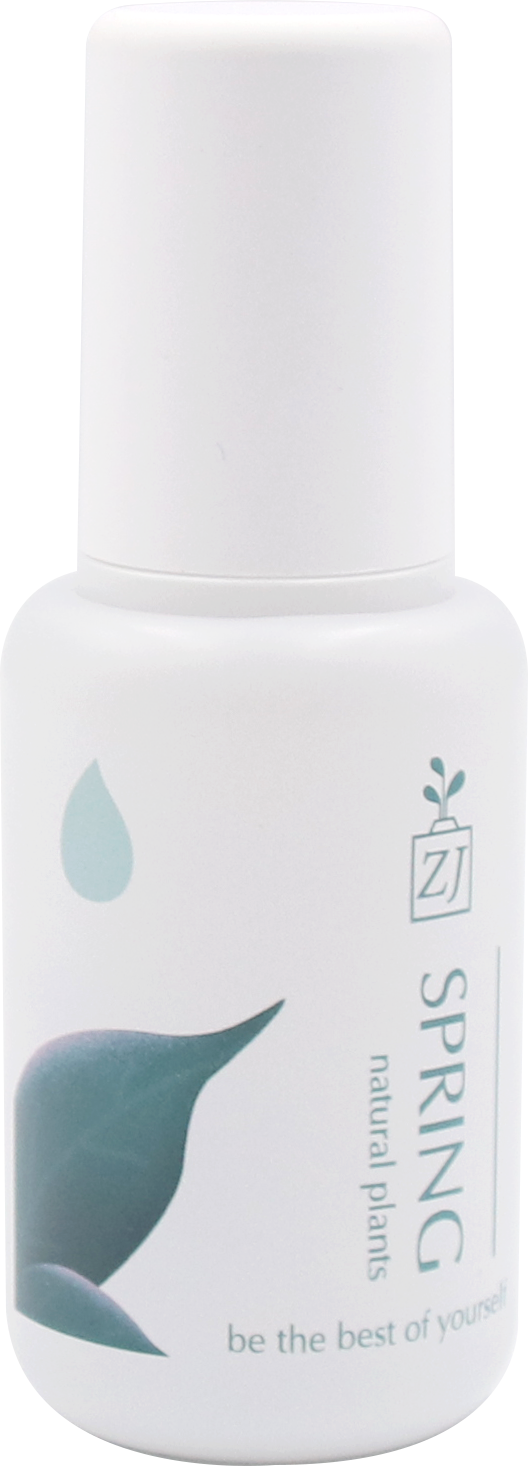The Complex World of Injection Molding
Injection molding is a complex, precision manufacturing process used to produce plastic bottles and containers at high volumes. It requires specially-engineered mold tools built to withstand thousands of injection cycles with minimal wear. This is why injection molds are far more complex and expensive than basic glass bottle molds.
Unlike glass bottle production which uses simple two-piece molds, injection molds are made up of multiple components all serving specialized functions:
- Core and cavity plates house the inner and outer faces of the mold which shape the bottle. They are made of hardened tool steel and machined to precision tolerances.
- Sliders and lifters enable demolding of complex geometries like handles and angled necks.
- Cooling channels cut into the core and cavity circulate water to solidify the plastic.
- Guide pins align the plates and ensure consistent positioning through repeated cycling.
- An ejector system of pins knocks out finished bottles.
- The mold base plate acts as the backbone holding everything together.
Furthermore, molds must be engineered to optimize injection flow, cooling rates, and venting. Advanced 3D simulation software is used to troubleshoot defects before mold creation.
High-End Machining and Materials
Building a multi-cavity injection mold capable of high productivity requires extensive high-end CNC machining and use of premium grade tool steel alloys. This boosts costs significantly versus basic glass bottle mold materials like aluminum and mild steel.
Precision-machined surfaces are required to prevent any surface defects on finished plastic bottles. Tight tolerances between core and cavity faces ensure even wall thicknesses. Mirror polishes give plastic bottles glossy, optical clarity.
These demands result in high machining expenses passed onto the mold cost. A typical 16-cavity injection mold will involve hundreds of hours of CNC programming, milling, grinding, and finishing.
Extensive Engineering Time
Injection molds require far more upfront design engineering compared to glass bottle tooling. Multiple iterations are done digitally to perfect the mold design and simulate production performance.
Before any steel is cut, the mold design goes through weeks or months of flow analysis, structural assessments, cooling simulations, and mold filling studies using specialized software. Glass bottle molds do not require nearly this extent of engineering review.
All these factors combine to inflate the cost of injection molds versus basic glass bottle tools. The complexity of the technology and precision required necessitates major investments in machining, materials, and engineering time.
However, the result is a highly robust mold capable of producing millions of consistent, high-quality plastic bottles making it well worth the upfront cost.
Post time: Aug-30-2023

